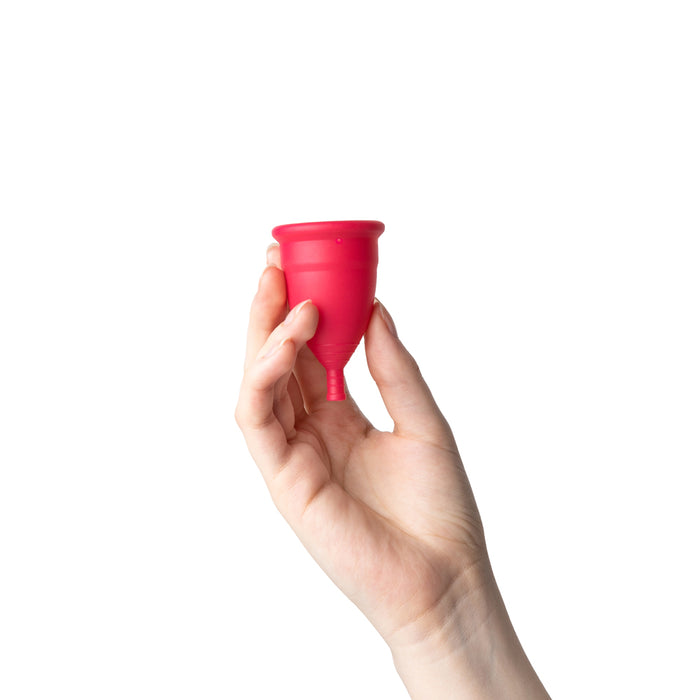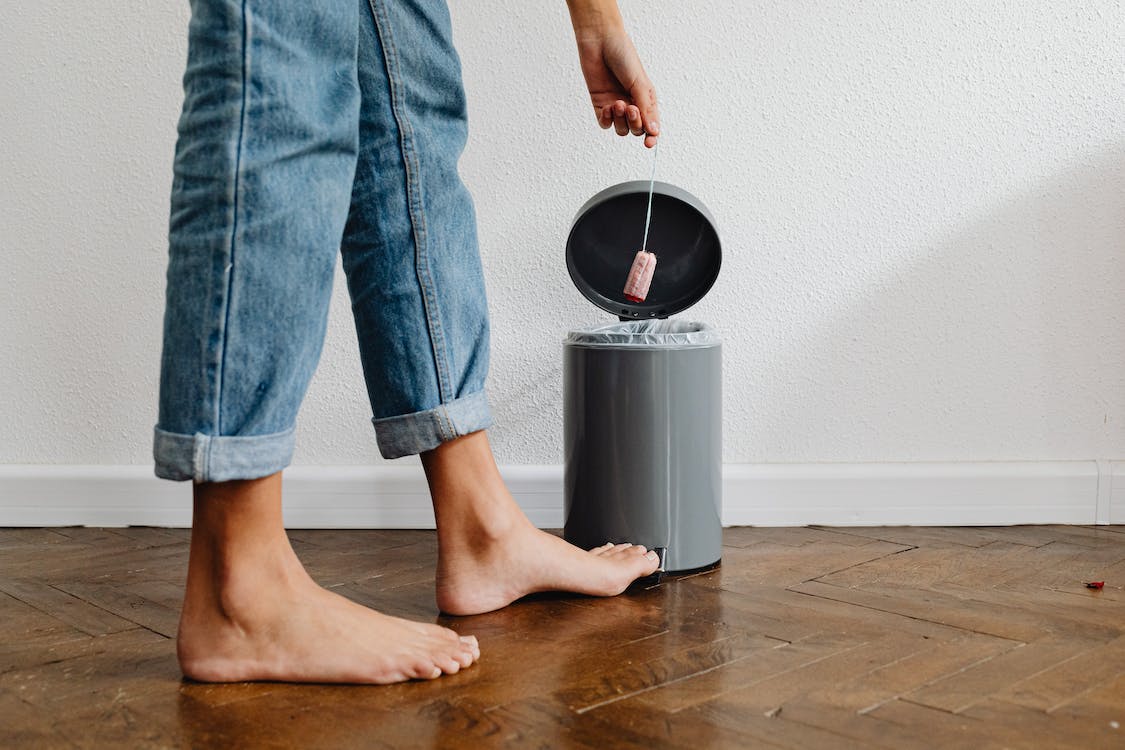Menstrual cups have become a popular alternative to traditional menstrual products such as tampons and pads. They are environmentally friendly, cost-effective, and convenient to use. However, some people are hesitant to try menstrual cups due to concerns about safety and hygiene.
In this article, we will discuss the safety and hygiene of using a menstrual cup and address common concerns.
- What is a Menstrual Cup?
A menstrual cup is a small, flexible cup made of medical-grade silicone, latex, or rubber that is inserted into the vagina to collect menstrual blood. They come in various sizes and shapes and can be reused for several years. Menstrual cups are designed to be a more sustainable and eco-friendly alternative to traditional menstrual products such as tampons and pads.
- Safety of Using a Menstrual Cup
The use of menstrual cups is generally considered safe for most people. However, there are a few things to keep in mind when using a menstrual cup to ensure your safety:
- Use the Right Size
Using the right size of menstrual cup is crucial for your comfort and safety. A cup that is too small can cause leakage, while a cup that is too large can cause discomfort and difficulty inserting or removing it. Most menstrual cup brands offer different sizes based on age, childbirth, and flow. It is important to read the instructions carefully and choose the appropriate size.
- Proper Insertion and Removal
Inserting and removing a menstrual cup requires a bit of practice. It is essential to wash your hands thoroughly before inserting or removing the cup to prevent infections. To insert the cup, fold it and insert it into the vagina, aiming it towards your tailbone. Once inserted, rotate the cup to ensure that it has fully opened and created a seal. To remove the cup, break the seal by pinching the base of the cup and gently pulling it out. Be sure to empty the cup over a toilet or sink to prevent spillage.
- Empty and Clean Regularly
It is recommended to empty and clean your menstrual cup every 4 to 12 hours, depending on your flow. It is important to empty the cup before it overflows to prevent leakage and to clean the cup thoroughly before reinserting it. To empty the cup, gently pull on the stem until you can reach the base of the cup. Then, pinch the base to break the seal and pour the contents into a toilet or sink. Rinse the cup with water or wipe it with a damp cloth before reinserting it. Boiling the cup for a few minutes between cycles can also help sanitize it.
- Hygiene of Using a Menstrual Cup
Some people are concerned about the hygiene of using a menstrual cup. However, with proper care and cleaning, menstrual cups are a hygienic option. Here are some tips for maintaining hygiene when using a menstrual cup:
- Wash Your Hands
Always wash your hands thoroughly with soap and water before inserting or removing the menstrual cup. This will prevent the transfer of bacteria or germs to your genitals and reduce the risk of infections.
- Use Clean Water
Use clean, running water to wash the menstrual cup before and after use. Avoid using hot water or soap, as they can damage the cup or cause irritation to your genitals.
- Use a Mild Cleaner
You can use a mild soap or a specialized menstrual cup cleaner to clean the cup. However, make sure to rinse it thoroughly to remove any residue.
- Store in a Clean Container
After cleaning, store the menstrual cup in a clean container, preferably one that is breathable and allows air circulation. Avoid storing it in an
airtight container or plastic bag, as this can trap moisture and lead to bacterial growth.
- Replace When Needed
Menstrual cups can last for several years with proper care and cleaning. However, it is important to replace them when needed. Check the cup for signs of wear and tear, such as cracks or discoloration. If the cup is damaged or no longer fits comfortably, it's time to replace it.
Common Concerns and Misconceptions
There are a few common concerns and misconceptions about using menstrual cups. Let's address them:
It is normal to feel some discomfort or pressure when first using a menstrual cup. However, with practice, most people find that they can insert and wear the cup comfortably. Choosing the right size and taking time to insert it correctly can help reduce discomfort.
It is not possible for a menstrual cup to get lost inside you. The cup sits low in the vaginal canal and has a stem or a loop that allows for easy removal. If you are having difficulty removing the cup, don't panic. Relax your muscles, and try bearing down or squatting to help bring the cup down.
Using a menstrual cup does not increase your risk of infections if you practice proper hygiene. Make sure to wash your hands before inserting or removing the cup, empty and clean it regularly, and store it in a clean container. If you have a history of recurrent vaginal infections, consult your healthcare provider before using a menstrual cup.
Conclusion
Menstrual cups are a safe and hygienic alternative to traditional menstrual products. With proper care and cleaning, menstrual cups can last for several years, making them a cost-effective and environmentally friendly option. It is essential to choose the right size, practice proper insertion and removal techniques, and maintain good hygiene to ensure your safety and comfort. If you have any concerns or questions about using a menstrual cup, consult your healthcare provider.











